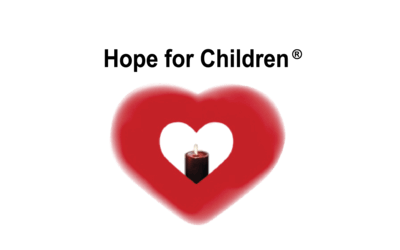U.S. Children’s Bureau
Posted by Patricia on Jun 10th 2018
Children’s Bureau
Mission Statement
The Children’s Bureau partners with federal, state, tribal, and local agencies to improve the overall health and well-being of our nation’s children and families. With an annual budget of almost $8 billion, CB provides support and guidance to programs that focus on the following:
• Strengthening families and preventing child abuse and neglect
• Protecting children when abuse or neglect has occurred
• Ensuring that every child and youth has a permanent family or family connection

Brief Description
Purpose
The Children’s Bureau seeks to improve outcomes in these key areas:
• Safety: Preventing and responding to maltreatment of children
• Permanency: Stabilizing children’s living situations and preserving family relationships and connections
• Well-being: Enhancing families’ capacity to meet their children’s physical, behavioral and mental health, and educational needs
How It Is Administered
To achieve our goals, we participate in a variety of projects, including the following:
• Providing guidance on federal law, policy and program regulations
• Funding essential services, helping states and tribes operate every aspect of their child welfare systems
• Supporting innovation through competitive, peer-reviewed grants for research and program development
• Offering training and technical assistance to improve child welfare service delivery
• Monitoring child welfare services to help states and tribes
• Sharing research to help child welfare professionals improve their services
Family and youth Services Bureau
Mission Statement
To support the organizations and communities that work every day to put an end to youth homelessness, adolescent pregnancy and domestic violence.
Vision
A future in which all our nation’s youth, individuals and families can live healthy, productive, violence-free lives.
Programs
Runaway and Homeless Youth Program
Every year, as many as 550,000 young people are homeless for more than a week, according to estimates by the National Alliance to End Homelessness.
On the street, youth can become victims of violence, develop serious mental health and addiction problems, and be forced to trade sex for basic needs.
FYSB funds three programs and a hotline that work toward ending youth homelessness:
• Street outreach programs work with youth on the street to help them find stable housing and services.
• Basic center programs meet the immediate needs of youth under 18 and try to reunite them with their families or connect them to other appropriate resources and services.
• Transitional living programs and maternity group homes provide long-term residential services to homeless young people who are at least 16 and younger than 22. Youth receive housing, healthcare, trauma-informed counseling, life skills training, and education and employment support.
• The National Runaway Safeline provides education and solution focused interventions to youth in crisis and their families 24 hours a day.
Adolescent Pregnancy Prevention Program
Although teen birth rates have been falling for the last two decades, more than 365,000 teens, ages 15–19, gave birth in 2010, according to the Centers for
Disease Control and Prevention. Teen pregnancy and childbearing can carry high health, emotional, social and financial costs for both teen parents and their children. To prevent teen pregnancy and the spread of sexually transmitted diseases among adolescents, FYSB supports state, Tribal and community efforts to promote medically accurate comprehensive sex education, adulthood preparation programs and abstinence education.
• The State and Competitive Personal Responsibility Education Programs promote proven methods for reducing adolescent pregnancy, delaying sex among young people and increasing the use of condoms and other contraceptives among sexually active youth.
Thank you,
Hope for Children Foundation

